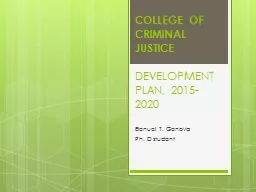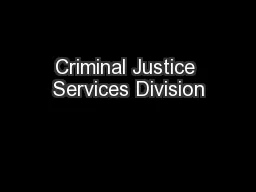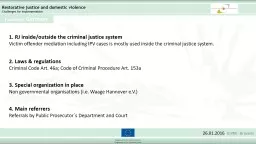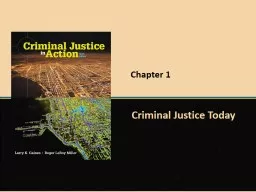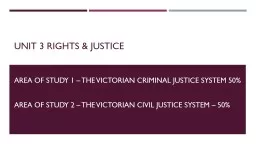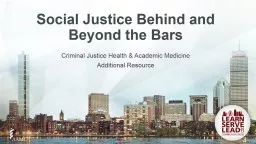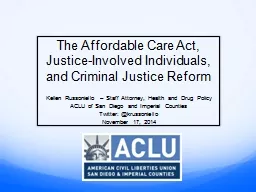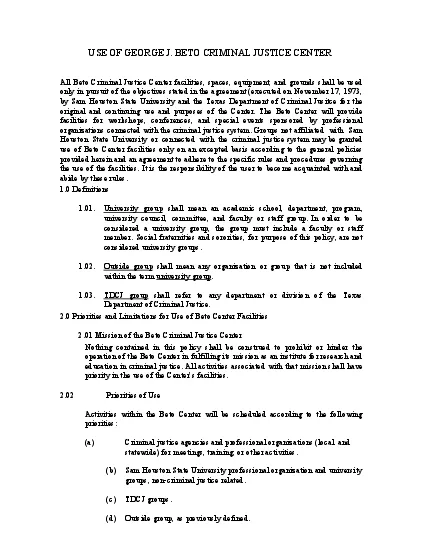PPT-COLLEGE OF CRIMINAL JUSTICE
Author : conchita-marotz | Published Date : 2017-12-26
DEVELOPMENT PLAN 20152020 Elenuel T Genova Ph D student Background Information of the College The beginnings of the college started in year 2005 where the Binalbagan
Presentation Embed Code
Download Presentation
Download Presentation The PPT/PDF document "COLLEGE OF CRIMINAL JUSTICE" is the property of its rightful owner. Permission is granted to download and print the materials on this website for personal, non-commercial use only, and to display it on your personal computer provided you do not modify the materials and that you retain all copyright notices contained in the materials. By downloading content from our website, you accept the terms of this agreement.
COLLEGE OF CRIMINAL JUSTICE: Transcript
Download Rules Of Document
"COLLEGE OF CRIMINAL JUSTICE"The content belongs to its owner. You may download and print it for personal use, without modification, and keep all copyright notices. By downloading, you agree to these terms.
Related Documents

